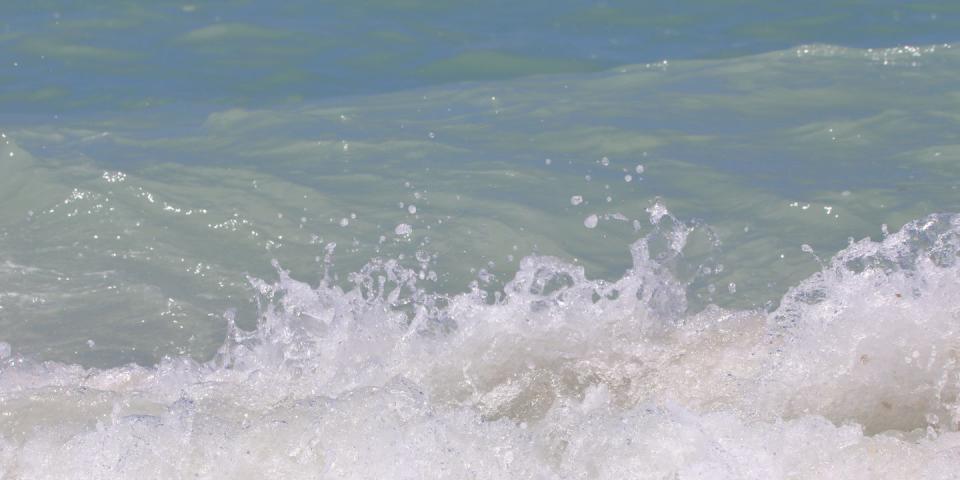These Scientists Turned Seawater Into Fresh Water Using Sunlight in Under a Half Hour

A new solar-charged ion sponge takes brackish water into the fresh zone for improved desalination.
Solar water purification is a huge research area, with different required energy loads.
The filter sponge is a metal-organic framework with extremely high surface area.
As part of a wave of solar water purifier research, scientists say they can turn even brackish groundwater into drinkable fresh water in about 30 minutes. The filtration uses a metal-organic framework, or MOF, which is a highly porous polymer made by combining metal particles with “coordinating” organic pieces called ligands. It can (and must!) be used in the sun, making it ideal for many applications in situ near sources of brackish water.
Dive deeper. ➡ Read best-in-class science, tech, and energy features and get unlimited access to Pop Mech , starting now.
The new MOF material is charged in the sun for just a few minutes, which resets the structure of the charged ions in the material, preparing them to absorb the salt and other particulate from a quantity of brackish water. An MOF has a structure like chamois or even florist’s foam, with one of the highest proportions of surface area of any known material. The particulate is attracted to and then snared in the MOF. Afterward, in the sun, the material “releases” the captured salts.
“Saltwater” can loosely describe anything from a little salty to the Dead Sea, but brackish is a term of art for the dissolved solids range between fresh and seawater. That includes much of the world’s groundwater, many rivers and other freshwater bodies, and even seawater that has passed through another filtration method already. Brackish water is often used like nature’s “gray water,” to use the home recycling term—it’s a great coolant, for example, but not safe to consume.
In their study, the researchers took samples of brackish water that registered at over 2,000 parts per million (PPM) of contamination and detritus in the form of dissolved solids. After half an hour, the PPM was down to less than 500, which is within the definition of “fresh water.” The National Oceanic and Atmospheric Administration (NOAA) says the ocean is generally about 3.5 percent saline, meaning 35 parts per thousand or 35,000 PPM.
How does the MOF ion sponge only attract impurities? Well, the molar mass of sodium and chloride, whose ions make up the vast majority of salts in the ocean, are in the 20s and 30s compared with water at just 18. Water always contains ions because of the way it crashes together and molecularly rearranges in liquid form, but this is less than of the specifically charged salt ions—and why saltwater conducts electricity far better than pure water.
Our Favorite Camping Water Filters
The researchers say one reason their new technology is important is because it only requires a small amount of sunlight rather than the amount of energy required to evaporate water. While solar energy is “free,” in a sense, we’re in a golden age of research that seeks to make more energy-dense solar applications, whether that’s more efficient solar cell materials or systems that use gravity to boost passthrough.
And while we tend to think of filtration as passive—pouring water over a filter, for example, or letting it evaporate and be captured—the MOF sponge in this work is different. It attracts and catches the particulate by design, with a chemical nature activated in one way in the dark and in another way in the sunlight.
“This work opens up a new direction for designing stimuli-responsive materials for energy-efficient and sustainable desalination and water purification,” the researchers conclude.
You Might Also Like

